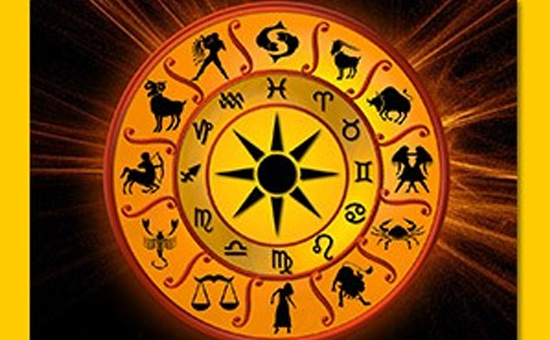
Though Hindu Astrology deals with all the aspects of human life indicating materialistic success and failures, it is deeply rooted in philosophy. The Hindu Science of Astrology also gives certain remedial measures to overcome mental, moral and physical sufferings by means of medicinal roots, mantras and yoga practices and Gemstones. Ashtakavarga system, Shadvarga charts, Shadbala assessment and Yogavali are not found in the Western System. Where as in the Hindu system good and bad aspects are not based on the types of aspects,īut by the nature of the planets involved in the aspects. For example the square opposition aspects are bad and trine and sextile aspects are always good in Western Astrology. In certain other aspects they differ from each other. Ownership of houses, exaltation, debilitation, characteristics of planets and 12 aspects of human life are same.

When we compare the Hindu Astrology with that of the Western Astrology there are certain general principles found in both the systems.

The transitory influences of planets in relation to the natal Moon are also studied. This star will be used for finding out the major and sub-periods of the person in his life. The Moon, at the time of birth is found in a particular position or in a particular star and it will be taken as the star of the person born. The extra Saturnine planets like Pluto, Neptune and Uranus are not recognised by the Hindus.Ībove all, Moon is taken as very important planet for predictions though it is satellite of earth. The movements of two luminaries Sun and Moon,įive major planets (Mars, Jupiter, Saturn, Venus and Mercury) and the two nodal points of the Moon i.e., Rahu and Ketu are considered and their positions are marked. The Hindu Predictive zodiac consists of 27 constellations, in 12 lunar mansions. Nadi, Guru, Shukra,Ĭhandra, Budha, Suka, Narada, Markandeya, Satya Nadis are found in the oriental manuscript's library at Madras (India). Only very few expertsĬan read and understand these, but the results and predictions are found to be amazingly accurate. Universally applicable school of predictive system is that of Parashari.Īpart from these schools of planetary interpretations, we have what we can call as Nadi system which gives pen pictures of lifeĪnd destiny patterns of people born at 12,24,48 seconds intervals. In Palitha Jyothisha (predictive system) we have three important schools. And this branch has six sub-divisions, namely, Jathaka, Gola, Prasna, Nimitta, Muhurta and Ganitha. The next and the very important branch is the Phalitha Jyothisha branch which concentrates on the system of predictions. Samhitas deal with mundane astrology, earth quakes, floods, volcanic eruptions, rainfall, weather conditions economic conditions Siddantas are those which devote to astronomical study of celestial bodies. Jyothisha has been divided into three main branches of study. It is beyond our imagination how the Hindu Sages could know these facts without the scientific instruments available to the modern scientists. Sir James Joans based on geological and astronomical study. This figure has been tallied with the figures given by It has been estimated that Mahayuga comprises of 43,20,000 (Four Million, Three hundred and twenty thousand years)Īnd the age of our solar system is 1972,949,099 (One thousand nine hundred seventy two million and nine hundred and forty-nine thousand ninety nine years) which will be approximately 2,000 million years. The early Siddantas are Hindu astronomical works which give us the period of Mahayuga which comprises of Kritha, Thretha,

In other words there are several verses devoted to explain the astronomical knowledge in Rig-Veda and Atharvana Veda. Vedas are the oldest writings of the World's religious literature and in them one could see the mention of Vedanga Jyothisha. Much knowledge on the stellar or planetary universe. Long before Kepler, Copernicus, Brahe, Galilio and other galaxy of astronomers were born, the Hindu sages had already gained The earliest astronomical works such as Surya Siddanta and Vedanga Jyothisha are more then five thousand years old. Those who wanted to understand Vedas, to be well versed with the knowledge of astronomy and astrology. Hindus were the original masters who had the thorough knowledge ofĪstronomy and many rituals and religious rites were related to the position of planets and their motions. That means "Jyothisha orĪstrology" is one of the limbs of the "Vedas" (1500 B.C.). Astrology has great importance attached to it as "Vedanga Jyothisha".

Vedas which are said to be the oldest religious literature available has The science of Astrology has great antiquity behind it.


 0 kommentar(er)
0 kommentar(er)
